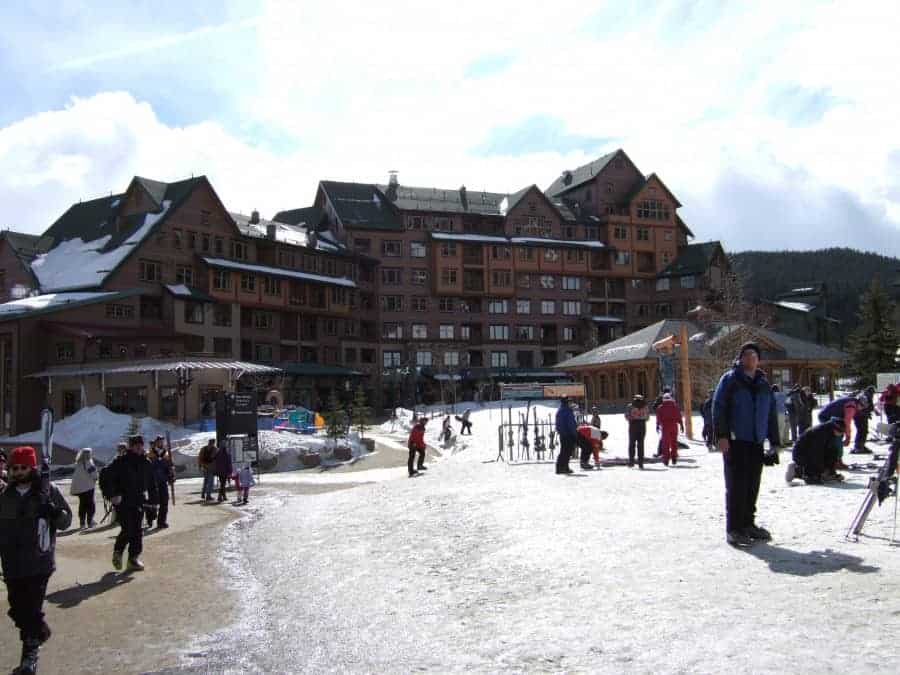There are so many things to do in Winter Park Colorado it can be hard to know where to begin. For starters, it’s one of the oldest and longest-running skiing areas in the country. It may have something to do with the fact that Winter Park gets some of the best snowfall in Colorado.
Come For The Skiing And Stay For The View
Winter Park Resort was voted the number place to come for winter sports. Whether you’re an avid skier or a first-timer, you’ll find plenty of trails to suit your level. You’ll have access to professional ski instructors and other options like snowshoe tours, snowcat rides and gourmet dining with a spectacular view.
Get On Your Mountain Bike And Ride
Winter Park is known as Mountain Bike Capital USA and with good reason. The area has more than 600 miles of trails for cross-country enthusiasts, with every style of ride you can imagine. It’s a great place to test your skills and enjoy the beauty around you at the same time. Winter Park also has two downhill bike parks, and the town hosts events and races during the summertime.
There’s no doubt that location is one of the most scenic areas in Colorado. You won’t take long when you’re looking for things to do in Winter Park Colorado, just make sure you stay long enough to do it all.
 Packing light for a ski vacation can prove difficult, but packing right has just gotten easier, thanks to those in the know at the Winter Park-Fraser Valley Chamber of Commerce. In addition to the obvious ski pants, coats, gloves and gear (unless you want to rent equipment at one of the rental shops in Winter Park), here are 12 tips on what to take that will have even novice snow bunnies packing like pros.
Packing light for a ski vacation can prove difficult, but packing right has just gotten easier, thanks to those in the know at the Winter Park-Fraser Valley Chamber of Commerce. In addition to the obvious ski pants, coats, gloves and gear (unless you want to rent equipment at one of the rental shops in Winter Park), here are 12 tips on what to take that will have even novice snow bunnies packing like pros.
1. Layers, layers, layers: Winter weather in the Rockies can change on a dime and, while it might be cold on the lift, skiers tend to heat up swooshing the slopes. Be prepared for anything by layering your look so you can add or subtract, as needed,

to stay comfortable. Also, remember that quick-dry and wicking fabrics (particularly for long underwear) are more effective than cotton to stay warm and dry.
2. Thin socks: It seems natural that thicker=better for cold feet. However, thinner socks made of a dry-fit material are actually the wiser choice for skiing. (Not to mention, thin socks are much more comfortable inside those tight-fitting ski boots.)
3. Sunscreen, lip balm, sunglasses: These items are not just reserved for summer vacations. The high altitude, sunny days and snow glare can all contribute to sunburns, even in cold weather. Apply liberally, and reapply often.
4. Moisturizer: Colorado’s climate is extremely dry, and skin can easily get irritated from the forced heat inside and the cold air outside. Bring along a good moisturizer (one that is thicker than what you typically use at home).
5. Water bottle or water backpack: It’s hard enough to get the recommended amount of water on your home turf. On a vacation at altitude, you should consume even more water than usual to stave off dehydration and headaches often associated with higher elevations. Stick in a water bottle or water backpack and keep the H2O flowing continuously throughout your trip.
6. Good walking shoes: Nothing feels quite as good as taking off ski boots. Be sure to pack appropriate shoes for traversing snowy conditions – sans skis. Sturdy, waterproof shoes will also come in handy for walking to restaurants, shopping and getting to the hotel. (A note to fashionistas: Leave the high heels at home – they simply don’t work on snow and ice. Nothing screams “tourist” like inappropriate footwear in the mountains.)
7. Après ski clothes: Hat hair and snow-soaked clothes are a badge of honor after a day of skiing. But you won’t want to be a hero forever, because wet clothes are cold clothes. Bring along several options for warm, comfortable shirts or sweaters, pants, jackets, hats and gloves to change into once you get off the hill. Mountain casual means jeans are perfectly acceptable at most restaurants, so leave the dress-up clothes at home.

8. Snacks: Pack your favorite portable snack, such as dried fruit, nuts or granola/energy bars to have in the pocket of your ski jacket. Eating small, frequent meals throughout the day will keep you from hitting a wall and will help ward off altitude sickness.
9. Swimsuit: A dip in the hot tub after a day on the slopes is a quintessential element to a ski vacation. Also, many hotels have indoor pools that are always popular with pint-sized guests.
10. Pain reliever: No matter how fit you are, skiing uses different muscles that might have been in hibernation before your ski trip. Pack your favorite pain reliever to ensure you don’t get sidelined by soreness.
11. Tissues or handkerchief: Tissue dispensers can typically be found in lift lines or, of course, inside the resort. But that won’t help when you’re mid-slope and have to sneeze. Be prepared by packing a packet of tissues or a handkerchief in your coat.
12. Music: If you like to work out with earphones, you will probably enjoy them on the slopes, as well. Portable music devices can also help pass time in the car or bus on the way to the hill and on lift rides.

